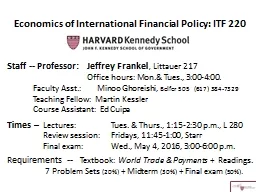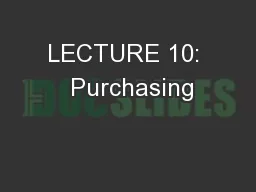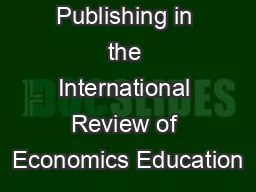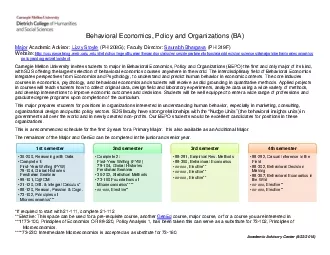PPT-Economics of International Financial Policy: ITF 220
Author : yoshiko-marsland | Published Date : 2019-11-24
Economics of International Financial Policy ITF 220 Staff Professor Jeffrey Frankel Littauer 217 Office hours Monamp Tues 300400 Faculty Asst Minoo Ghoreishi
Presentation Embed Code
Download Presentation
Download Presentation The PPT/PDF document "Economics of International Financial Pol..." is the property of its rightful owner. Permission is granted to download and print the materials on this website for personal, non-commercial use only, and to display it on your personal computer provided you do not modify the materials and that you retain all copyright notices contained in the materials. By downloading content from our website, you accept the terms of this agreement.
Economics of International Financial Policy: ITF 220: Transcript
Download Rules Of Document
"Economics of International Financial Policy: ITF 220"The content belongs to its owner. You may download and print it for personal use, without modification, and keep all copyright notices. By downloading, you agree to these terms.
Related Documents














